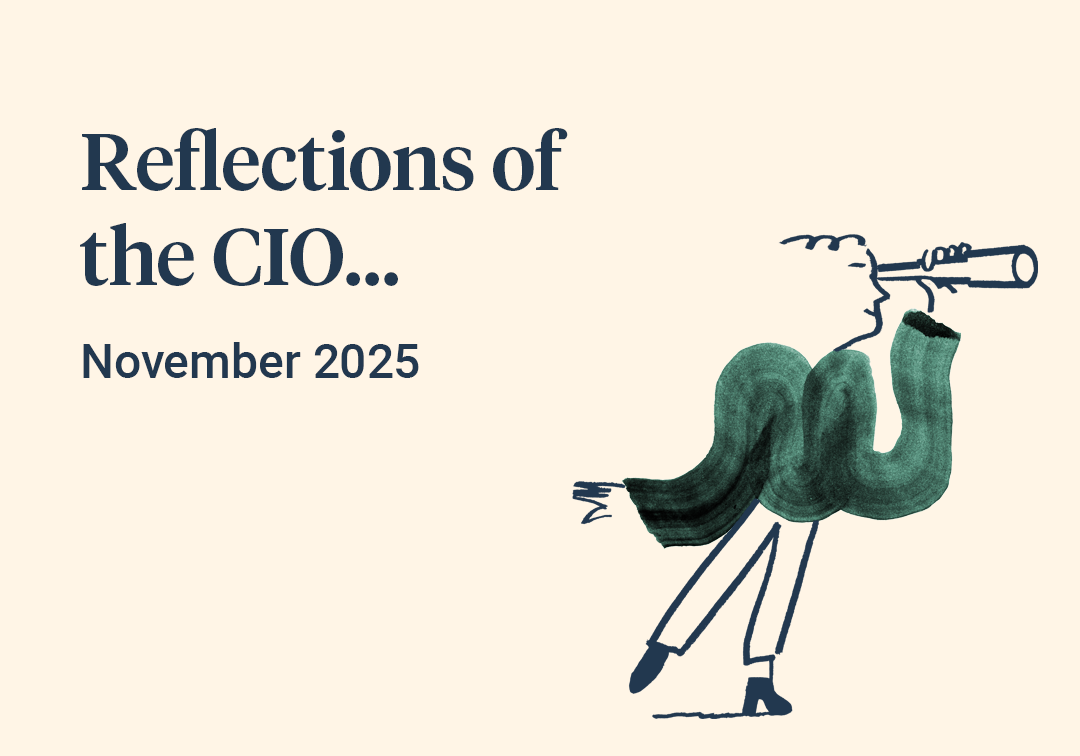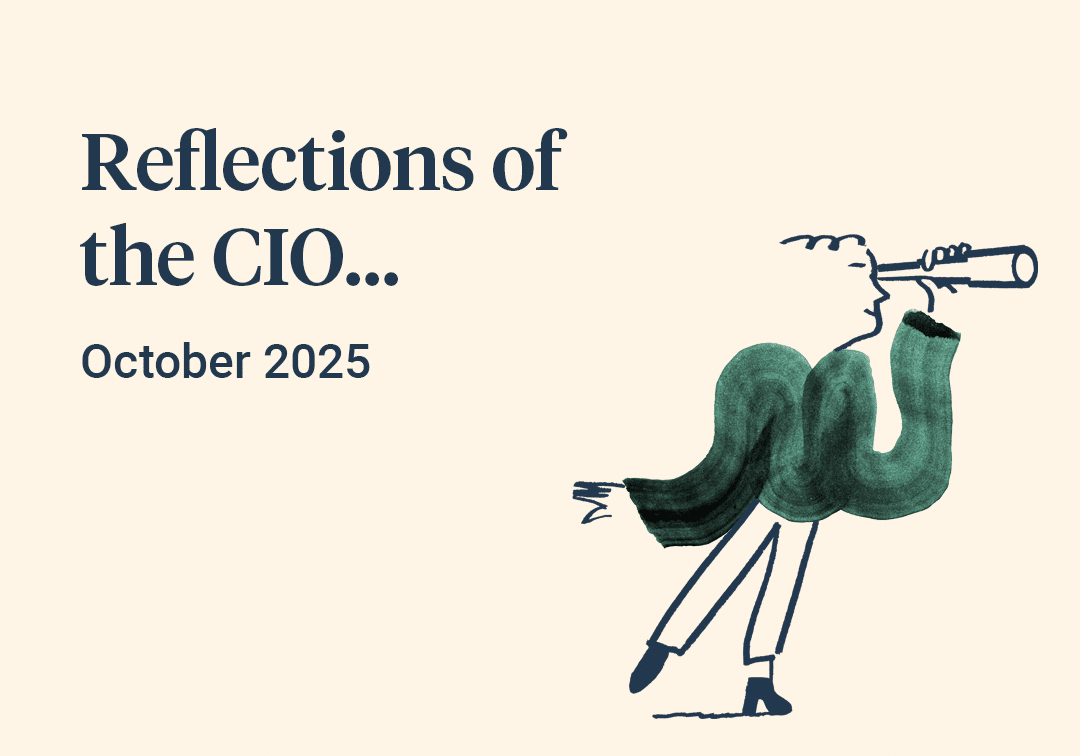Hope beats fear
November was a month during which markets shrugged off their post summer nervousness and embraced a more positive view of the future. Riskier assets rallied across the globe, whilst safer ones continued their late October retreat, albeit from some very extended valuation levels. The burst of enthusiasm was fuelled by optimism surrounding the latest round of Sino-US trade talks and, helped by a pick-up in corporate takeover activity, served as a reminder to investors that there is some value left in stock markets if one looks hard enough.
“Riskier assets rallied across the globe, whilst safer ones continued their late October retreat”
It was just as well that markets adopted a broad-brush ‘risk on’ approach to the month, as a closer inspection of the detail would turn up very little evidence in current data to support such an optimistic view. Whilst some CEO’s are feeling confident enough to launch a bout of merger activity, the large majority are pessimistic about the future. There is undoubtedly real damage being inflicted in the manufacturing sector by uncertainty over the trade dispute between the world’s two largest economies, which has the effect of leaving capital expenditure programmes on hold and dragging profitability lower. If this pessimism and paralysis were to produce job losses, then the previously bulletproof consumer sector would be impacted, and a slowing global economy could easily slide into recession.
For the month of November though, such concerns were firmly on the back burner as investors began to price in a world where trade and Brexit issues are eventually resolved by a heady cocktail of vested interests and the passage of time. The thinking being that, with a presidential election due next year, a trade deal rather than a trade war is a stronger message for the US administration to take to the country, whilst closer to home hopes have risen a little that a new government would have enough of a majority to bring the Brexit process to a conclusion.
As speculation on geopolitics waxes and wanes on the latest opinion poll or tweet, it is easy to forget that there are perhaps simpler, more practical forces at work underpinning the recovery of markets this year. The support central banks have offered through interest rate cuts and balance sheet expansion, has injected a large positive impulse into the global economy and drastically reduced the chances of a mishap. Similarly, with over $13 trillion of high quality debt trading with negative yields (and yes that does mean exactly what it sounds like; a large pool of assets where investors assume guaranteed small losses, to avoid the risk of incurring larger ones) it is no surprise that at least some money is working its way into riskier assets by default.



